The Battle of Samar: When David Bested Goliath
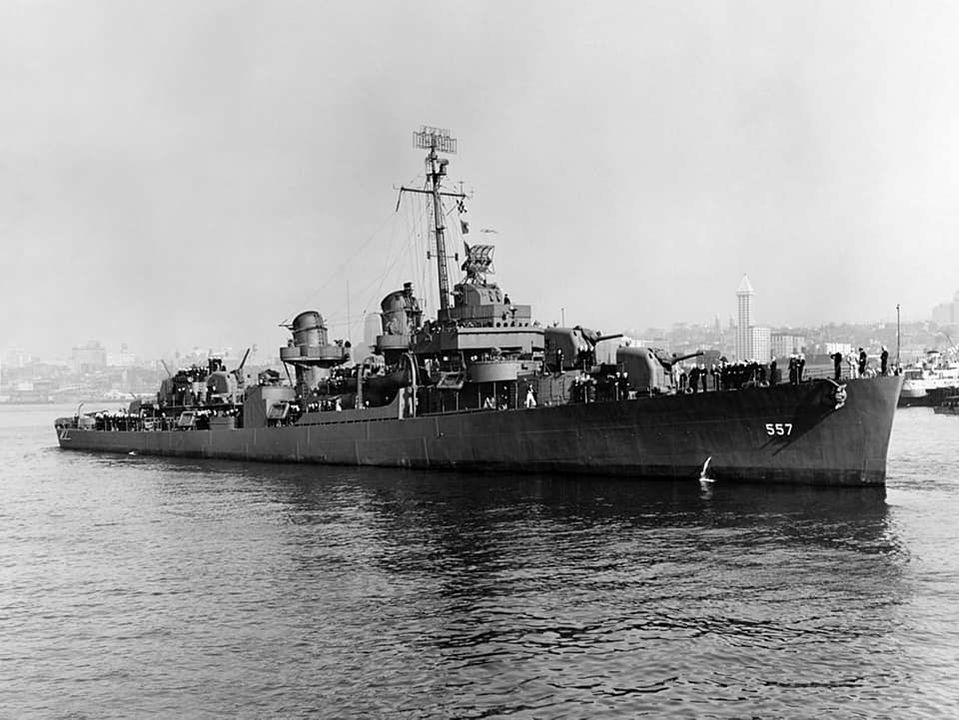
By late 1944, it was painfully obvious that the war was just about lost for the Empire of Japan. Despite their best efforts, the Imperial Japanese Navy had been mauled relentlessly by the advancing American forces in the Pacific and now, the U.S. was in the process of retaking the Philippines. This was significant because if the Philippines were recaptured, it would effectively cut Japan off from all the resources they needed from the Dutch East Indies and Malaya (Indonesia and Malaysia).
A Desperate Plan
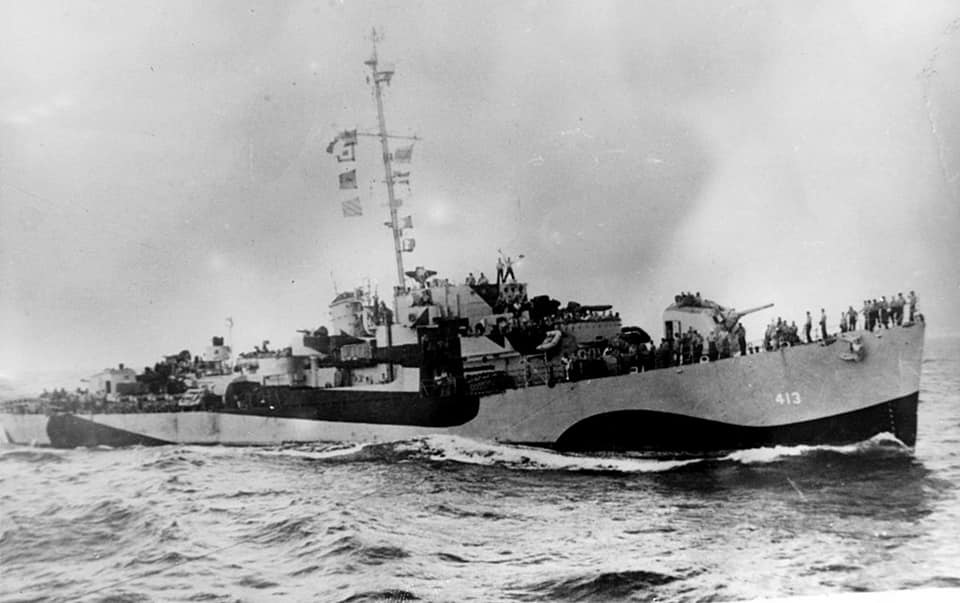
In desperation, the IJN came up with a rather good plan. They would use the last of their carriers to lure the main American fleet away from the landing force, then use two separate forces to sneak in and bombard the invasion force. And it almost worked… almost. While Admiral Halsey’s main force went to chase what they thought was the main enemy force, two more Japanese fleets moved in to do a pincer on the remaining American force.
The southern force was forced to abandon the operation after being attacked by submarines and carrier aircraft. The Battle of Surigao Strait was actually the last battleship vs. battleship action in history. But the northern force continued on to what was a mostly unprotected invasion force.
The Stand of Taffy 3
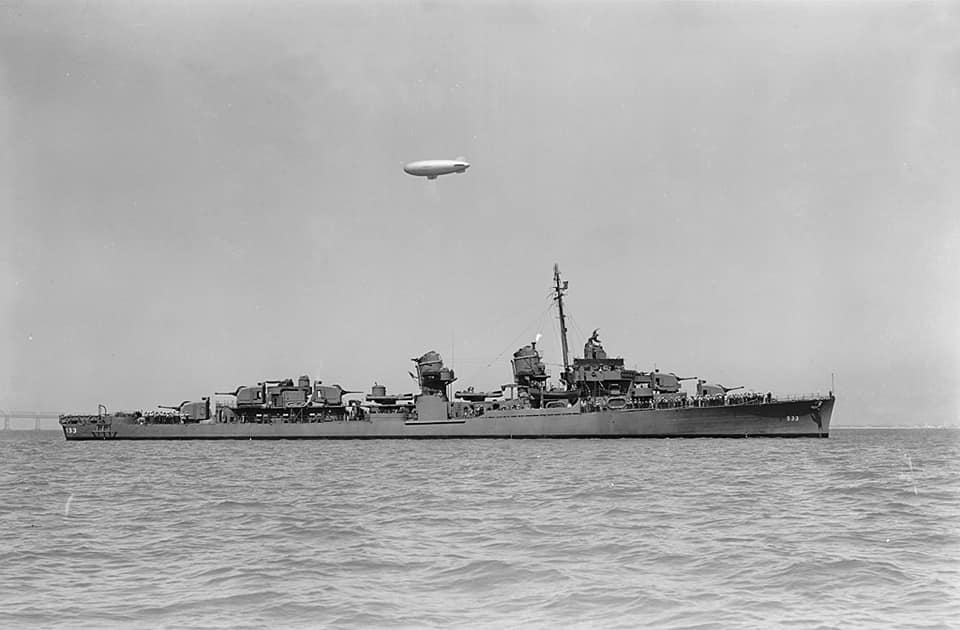
The only ships left were a small task force of destroyers, destroyer escorts, and light carriers known as “Taffy 3”. Now I don’t think I need to tell you that the destroyers and carriers were seriously outgunned and outnumbered by the Japanese force. Taffy 3 consisted of 6 escort carriers, 3 destroyers, and 4 destroyer escorts. While the Japanese had 23 ships, which included the battleship Yamato.
Taffy 3’s commander, Vice Admiral Clifton Sprague, ordered his carriers to make a run for it, while the destroyers deployed smoke to cover their retreat. But in a strange turn of events, the destroyer USS Johnston broke ranks and began to charge the Japanese warships, soon followed by destroyers Hoel and Samuel B. Roberts. What happened next was a true David vs. Goliath situation, as American destroyers and carrier aircraft began to engage the Japanese fleet consisting of heavy cruisers and battleships. Keep in mind, none of these vessels had any business engaging Japanese surface combat vessels, as they were primarily tasked with hunting submarines.
The Outcome and Aftermath
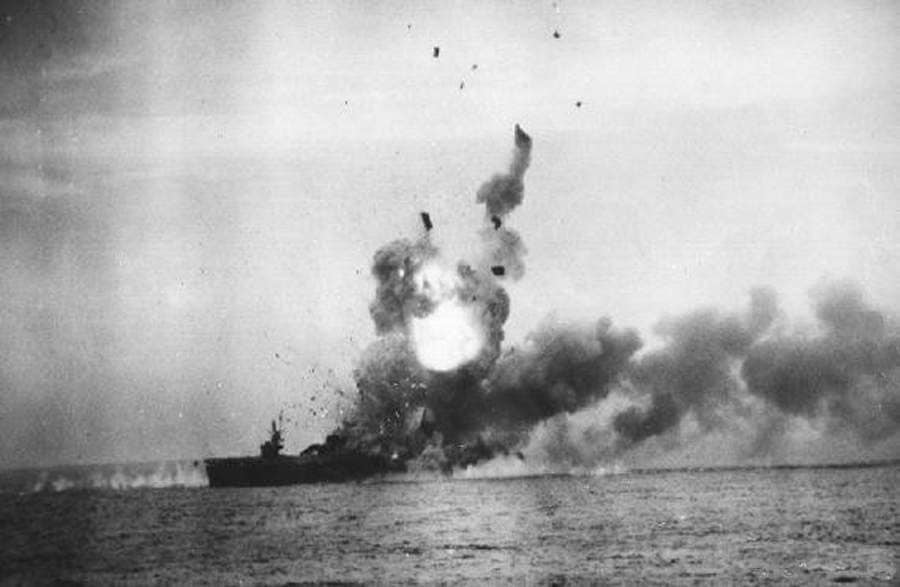
But that didn’t stop the destroyers from engaging with torpedoes and 5-inch gunfire, while aircraft from escort carriers raked Japanese ships with machine guns and made mock bombing runs. Despite being outmatched in every single way, the Japanese fleet was forced to turn away and head back to base. David had indeed bested Goliath, but it came at a high price.
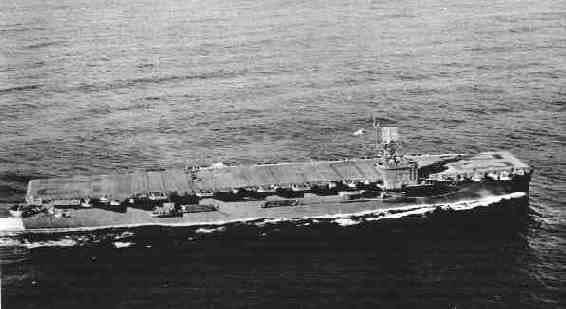
Johnston, Hoel, Samuel B. Roberts, and 2 escort carriers were lost in the battle, along with 1,000 sailors. But the invasion force was saved, and it would be the last time the Japanese Navy would sortie out for the rest of 1944. The Philippines would be recaptured, and Japan would now be running on fumes for the rest of the war, all thanks to a group of plucky destroyers and airmen.
~NC










